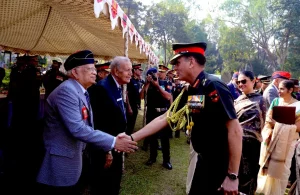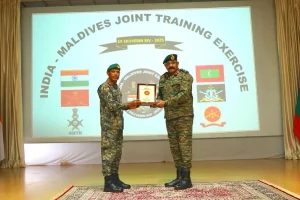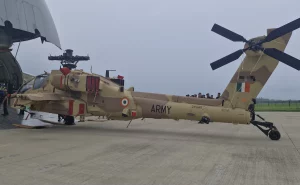The AFCAT (Air Force Common Admission Test) is one of the most sought-after examinations for individuals aspiring to join the Indian Air Force. While the focus of the exam is on assessing a candidate’s knowledge and aptitude related to the defense sector, it’s crucial for aspirants to have a broader understanding of the world around them. In this article, we’ll delve into the significance of World Heritage Sites, and how knowledge of these sites can enrich the perspective of AFCAT 1 2024 defense aspirants.
Understanding World Heritage Sites
World Heritage Sites are landmarks or areas that have been recognized by the United Nations Educational, Scientific, and Cultural Organization (UNESCO) for their cultural, historical, scientific, or natural significance. These sites hold immense value not only for the countries they are located in but for all of humanity. As of my last knowledge update in January 2022, there were more than 1,100 such sites worldwide, with India boasting an impressive 40 World Heritage Sites.
Why Should Defence Aspirants Care About World Heritage Sites?
- Cultural Awareness: Understanding the cultural heritage of different regions can be invaluable for defense personnel. A deep knowledge of the cultural aspects of the places they might be deployed to can help in fostering better relations with local populations, which is crucial in international peacekeeping and diplomacy.
- Historical Insights: History often plays a significant role in the geopolitical landscape. Many World Heritage Sites are closely tied to historical events and can provide insights into the past and the reasons behind present-day conflicts or alliances.
- Geopolitical Importance: Some World Heritage Sites are located in regions of geopolitical importance. Knowing about these sites can help defense aspirants appreciate the strategic significance of certain areas.
- Environmental Awareness: In addition to cultural and historical sites, UNESCO recognizes natural heritage sites. Understanding the environmental importance of these sites is crucial, as climate change and natural disasters are increasingly impacting defense operations.
- Diplomacy and International Relations: The defense sector frequently collaborates with foreign nations. An understanding of each country’s cultural, historical, and natural heritage can foster better international relations and cooperation.
Exploring India’s World Heritage Sites
India is home to a diverse array of World Heritage Sites, reflecting its rich history and natural beauty. Some noteworthy examples include:
- Taj Mahal: This iconic monument is not just a symbol of love but also a UNESCO World Heritage Site, attracting millions of tourists each year. Understanding its historical and architectural significance can be enlightening for defense aspirants.
- Qutub Minar: This ancient Islamic monument in Delhi stands as a testament to India’s rich history of different dynasties and their architectural contributions.
- Jaipur City: The entire city of Jaipur is a World Heritage Site, recognized for its unique urban planning and cultural heritage. This showcases the importance of town planning in defense establishments and strategies.
- Sundarbans National Park: As one of the world’s largest mangrove forests and a natural World Heritage Site, it’s essential to appreciate the ecological significance of such places in today’s defense landscape.
- Hampi: The ruins of Hampi in Karnataka are an archaeological treasure trove, offering insights into India’s ancient history.
Conclusion
The AFCAT 1 2024 exam seeks to identify individuals with the right skills and aptitude for a career in the defense sector. While a deep understanding of defense-related subjects is undoubtedly essential, a broader knowledge of the world, including World Heritage Sites, can be a valuable asset. These sites offer insights into history, culture, geopolitics, and the environment, all of which can contribute to a more well-rounded and informed perspective for defense aspirants. So, before you appear for AFCAT 1 2024, take some time to explore the world’s heritage and enrich your understanding of the global context within which defense operations are conducted.



















